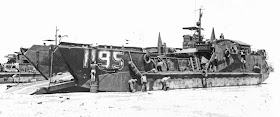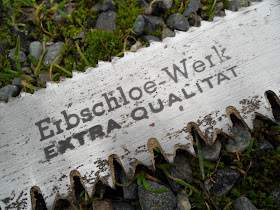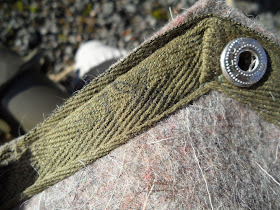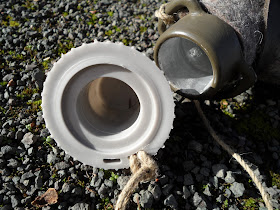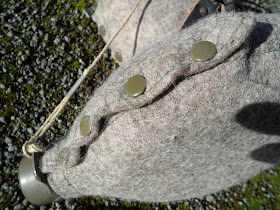I recently purchased a bundle of WW2 photos off of eBay. None of them were related to each other, but each one had a story to tell. Unfortunately, the stories have taken a bit of detective work to bring out. I will never have much, or any, of the personal details of the people in the photos, but I have documented a bit of the circumstances and details that the photos are telling us.
The photo presented today, depicts the commanding officer of the WW2 ship , Landing Craft Tank #1094.
When I received this photo, I was thrilled to find that it had some amazing information noted on the back. Notations like this are rare on these old photos. When photos like this are marked, it gives a whole new picture to explore! History really starts to come to life!
On the back of the photo, we find the following notations:
May-1945
Philippenes
Lt.JG Wm B. Brashears
L.C.T.(6) #1094
Navy 3964
F.P.O.
San Francisco
Hasn't he lost
weight?
With the information noted, we can really start to fill in the background on this photo. Here is what it tells us.
L.C.T. (6) #1094 tells us the ship is a Landing Craft Tank Mk6, with the hull ID number of 1094. A little bit of research revealed that this particular ship was launched on May 24, 1944, and was delivered to the US Navy on June 29, 1944. It was built by the Quincy Barge Builders of Quincy, Illinois.
The LCT 1094 is not listed as "Lost" on any of the WW2 ship records, so it is safe to say it survived the war. I can find no record of the LCT 1094 specifically, regarding the locations it served, however all of the LCT ships in the 1080 and 1090 ranges seem to have been assigned duty in the South Pacific.
We are very lucky to have this photo dated specifically, May 1945, with the location somewhere in the Philippines. Notations like this are rare on these old photos!
We are also given the name and rank of the person in the photo: Lt. JG Wm. B. Brashears. On these Landing Craft, there would have only been one commissioned officer, and he would be the Officer in Charge, or Captain. Since William Brashears is noted as a Lieutenant Junior Grade officer, we know we are looking at a photo of the ship's captain!
Based on the background features of the ship, and the location he is standing, we can deduce that he is standing on the open command bridge, on the starboard side, of the ship. There is a signal-light on the bridge and we can see the "M" signal flag flying. This flag signals "My vessel is stopped and making no headway". In other words, it is at anchor.
When we look closer at Lt.JG William Brashears, we can see some very interesting uniform and equipment details. First off, he is dressed VERY casually and informally. It appears that he is dressed for the South Pacific weather. He is wearing what appear to be civilian leather, "penny loafer", slip-on shoes! He is wearing the 1911 .45acp pistol in it's issue leather holster, on the web pistol belt. He is wearing the ammo pouch on the front, with the belt latch on the far left side.......Definitely NOT regulation!
This is definitely a casual captain!
It is photos like this that really make the research fun and exciting. When you can start with a small snapshot and end up with a "story", it makes the time invested more than worth it! I hope you have enjoyed this little detective story, and the wonderful photo!
NOTE: I have forwarded a copy of this photo to the folks at WW2 LCT Flotillas for their records and research. WW2 LCT is a non-profit group dedicated to keeping the history of the the LCT's alive. Check them out at this link:
http://ww2lct.org/
To end this longer than expected blog post, let's take a look at a few photos of LCT's in service during WW2. They are "sister ships" to the LCT in my photo.




